Why You Need a Portable Washing Machine in Your Life
Laundry day, a chore we all know well—sorting, loading, waiting, and folding. But what if I told you there’s a compact, versatile solution that can revolutionize your laundry routine? Enter the portable washing machine! 🌟

1. Space-Saving Marvel:
- Tiny Homes and Apartments: If you’re living in a cozy studio apartment or a tiny house, a portable washer is your laundry room superhero. It fits snugly in tight spaces, leaving room for other essentials.
- Dorm Rooms and RVs: College students and road-trippers, rejoice! These mini marvels fit seamlessly into dorm rooms and recreational vehicles, ensuring fresh clothes wherever you roam.
2. No More Laundromat Trips:
- Time Saver: Say goodbye to schlepping heavy laundry bags to the laundromat. With a portable washer, you can do your laundry at home, on your schedule.
- Cost-Effective: Laundromats can drain your wallet over time. Invest in a portable washer, and those quarters can go toward something more exciting—like a coffee date or a new book.
3. Eco-Friendly and Water-Saving:
- Conscious Consumption: Portable washers use less water than traditional machines. You’ll conserve resources while keeping your clothes fresh.
- Energy Efficiency: Many models are energy-efficient, reducing your carbon footprint. Plus, you won’t need to drive to the laundromat, saving fuel.
4. Customizable Wash Cycles:
- Gentle on Delicates: Worried about your favorite silk blouse? Portable washers offer gentle cycles for delicate fabrics.
- Quick Wash Options: Need clean socks in a hurry? Choose shorter cycles for small loads.
5. Emergency Savior:
- Spills and Accidents: Oops, spilled coffee on your shirt? Portable washers handle small emergency loads swiftly.
- Travel Mishaps: Unexpected mud splatter during your hiking adventure? Pop your clothes in the portable washer, and voilà!
6. Family-Friendly Convenience:
- Baby Clothes and Cloth Diapers: Parents, rejoice! Portable washers are perfect for baby clothes and reusable diapers.
- Pet Messes: Fido’s muddy paw prints? Toss those pet blankets into the portable washer without hesitation.
7. Easy Setup and Maintenance:
- Plug and Play: No complicated installation—just connect to a faucet and a drain.
- Lint Filters: Regularly clean the lint filter to keep your machine running smoothly.
In summary, a portable washing machine brings convenience, efficiency, and flexibility to your laundry routine. So, whether you’re in a cozy apartment, a dorm room, or an RV, consider adding this compact wonder to your life! 🚿👚
Here’s a concise guide on how to use and maintain your portable washing machine effectively:
How to Use a Portable Washing Machine
Using a portable washing machine effectively involves a few key steps. Let’s break it down:
Hook Up the Washer:
- Choose a stable and level spot near a water source (such as a sink or faucet) and a drain.
- Gather the necessary supplies: a portable washing machine, hoses (for water intake and drainage), a faucet adapter (if needed), and an electrical outlet.
- Connect the water intake hose to the machine and attach the other end to the faucet.
- Connect the drainage hose to the machine and place the other end in a sink or tub.
- Plug in the washing machine.
Load Your Laundry:
- Portable washers typically hold up to 10 pounds of clothes. Refer to your machine’s manual for specific capacity.
- Separate clothes by color and fabric type, just like you would with a regular washing machine.
- Use liquid detergent (works best with portable washers) and add some fabric softener if desired.
- Place the clothing into the washer.
Soak and Presoak:
- If any clothes need special attention or have tough stains, presoak them to soften the dirt.
- Use stain remover that won’t damage the fabric.
- Some portable washers have a soak mode, or you can use a separate tub or bucket for soaking.
Start the Wash Cycle:
- Turn on the washing machine.
- Choose the appropriate water temperature for your clothing type (e.g., cold for bright colors).
- Follow any specific instructions from your machine’s manual regarding water levels and detergent amounts.
- Let the machine complete the washing cycle.
Rinse and Drain:
- After the wash cycle, position the dirty water hose in a sink or tub.
- Run a rinse cycle to remove detergent and dirt.
- Ensure proper drainage without spills or flooding.
Dry Your Clothes:
- Use a portable dryer or hang clothes on a line to dry.
- Follow care label instructions for drying.
- Regularly clean the interior and exterior of the machine to maintain performance.
Remember to consult your specific portable washing machine’s manual for precise instructions. Happy laundering! 😊
How to Maintain Your Portable Washing Machine
Regular Cleaning:
- Unplug the machine and remove all clothes.
- Drain the water and use a brush to remove dirt and debris from the drum.
- Fill the machine with water and add vinegar or a homemade cleaning solution to eliminate grime and odors.
- Run a wash cycle to clean the interior.
Inspect Hoses and Connections:
- Regularly check hoses for leaks or blockages.
- Detach the faucet adaptor and inspect it for faults.
- Ensure proper alignment and functionality of the drain switch and cap.
Follow Manufacturer’s Guidelines:
- Read your machine’s instruction manual thoroughly.
- Adhere to maintenance recommendations provided by the manufacturer.
- Proper care ensures longevity and optimal performance.
Remember, portable washing machines offer convenience, but proper care and maintenance are essential for hassle-free laundry days. Happy washing! 🌟
What are some common issues with portable washing machines?
Common Issues with Portable Washing Machines: Portable washing machines are convenient, but they can encounter common problems. Here are some issues and their solutions:
1. Takes Time to Fill Water:
Causes: Low water pressure, clogged water inlet hose, or multiple running taps.
Solutions:
- Check for running taps and turn off unnecessary ones.
- Install a water pressure pump if you have low water pressure.
- Clean or replace the water inlet valve filters.
2. Error Codes:
Causes: Sensor-triggered error codes due to water supply issues.
Solutions:
- Refer to your user manual or the manufacturer’s website for specific error code information.
- Address the underlying issue (e.g., water supply) to resolve the error.
3. Washer Won’t Start:
Troubleshooting:
- Check power connections.
- Inspect for leaks or irregularities.
- Ensure the door is properly closed (for front-load washers).
4. Washer Won’t Drain:
Causes: Clogged drain hose or pump filter.
Solutions:
- Clean the drain hose and pump filter.
- Ensure proper drainage.
5. Stuck Door (Front-Load Washers):
- Check for obstructions around the door seal.
- Clean the rubber gasket to prevent mold growth.
6. Detergent Dispenser Issues:
- Clean the dispenser regularly to prevent clogs and residue buildup.
7. Bad Odor:
- Regularly clean the drum, detergent drawer, and door seal.
- Use designated washer cleaning cycles or perform DIY cleaning with vinegar or washing machine cleaner.
8. Leaking Problems:
- Inspect hoses and connectors for leaks.
- Address any issues promptly to prevent water damage.
9. Does Not Spin:
- Check for unbalanced loads or issues with the motor.
- Refer to your user manual for troubleshooting steps.
10. Unusual Vibrations:
- Ensure the machine is level.
- Check for loose parts or unbalanced loads.
How to prevent mold and mildew in portable washer?
Preventing Mold and Mildew:
Clean your portable washer regularly:
- Use designated cleaning cycles (if available).
- DIY cleaning with hot water, vinegar, or washing machine cleaner.
- Pay attention to rubber gaskets and other hidden areas.
Properly air dry the machine after each use to prevent moisture buildup.
Recommend maintenance tips for long-term use?
Maintenance Tips for Long-Term Use:
Pre-Storage Preparations:
- Stop using the machine at least 24 to 48 hours before storage.
- Unplug the machine for safety.
- Inspect for damage and clean thoroughly.
Cleaning:
- Use designated cleaning cycles or perform DIY cleaning.
- Regularly inspect and replace hoses.
- Clean rubber gaskets, detergent dispensers, and lint filters.
Using the Machine:
- Master the control panel.
- Load laundry systematically.
- Follow the wash cycle instructions.
- Regular maintenance ensures long-term performance.
Remember, proper care and maintenance will keep your portable washing machine running smoothly and extend its lifespan! 😊
How do I troubleshoot a leaking portable washer?
Troubleshooting a Leaking Portable Washer:
Faucet Adaptor Check:
- Leaks often occur due to issues with the faucet adaptor. Ensure it’s securely attached to the sink faucet.
- Inspect the adaptor for any damage or blockage.
Level Surface:
- Place your portable washer on a stable, level surface.
- Uneven surfaces can cause water to leak during operation.
Use Less Detergent:
- Excessive detergent can lead to oversudsing and leaks.
- Follow the recommended detergent amount for your machine.
What’s the best way to clean the lint filter?
Cleaning the Lint Filter:
Removable Lint Filter:
- Take out the lint filter from the washing machine.
- Soak it in hot soapy water for 10 to 15 minutes.
- Gently scrub the filter with a soft brush.
- Rinse thoroughly and let it air dry completely.
Regularly clean the lint filter to prevent clogs and improve washer performance.
Recommend eco-friendly detergents for portable washers?
Eco-Friendly Detergents for Portable Washers:
Here are some natural and eco-friendly options:
SacredEarth Liquid Wash:
- Made from soap nuts, lavender, rosemary, and oregano.
- Non-toxic, biodegradable, and effective for hand wash or machine wash.
Coco Custo Laundry Detergent:
- Plant-based powder with variations like ocean breeze and unscented.
- Contains saponified oil, sodium carbonate, sodium bicarbonate, and essential oils.
Kind Laundry Strips:
- Zero-waste, plastic-free packaging.
- Available in fragrance-free and scented options.
Explore other brands like Rustic Art, Himalaya, Mamaearth, and Greenworx Ultra.
Remember to choose a detergent that aligns with your environmental values and keeps your portable washer running smoothly! 😊
How do I prevent lint buildup in my portable washer?
Preventing Lint Buildup in Your Portable Washer:
To minimize lint accumulation during washing, follow these steps:
- Sort Your Laundry: Separate clothes by fabric type and color. This prevents lint-givers (like towels) from shedding onto lint-takers (like delicate fabrics).
- Wash Inside Out: Turn your clothes inside out before washing. This protects the outer surface and reduces lint formation.
- Use a Gentle Wash Cycle: Opt for a gentle cycle to minimize friction and lint release.
- Avoid Overloading: Overloading the machine can lead to more lint. Follow the recommended load capacity.
- Use the Correct Water Level: Adjust water levels based on the load size to prevent excessive agitation.
- Add Fabric Softener or Vinegar: Liquid fabric softener or distilled white vinegar can help reduce static and lint.
What’s the best way to store a portable washing machine when not in use?
Storing Your Portable Washing Machine:
Proper storage ensures longevity and performance:
Pre-Storage Preparations:
- Stop using the machine at least 24 to 48 hours before storage.
- Unplug it for safety.
- Check for leaks or irregularities.
Cleaning:
- Use designated cleaning cycles (if available) or perform DIY cleaning with vinegar or washing machine cleaner.
Disconnecting and Dismantling:
- Store the machine upright to protect the motor, drum, and suspension.
- Avoid lying or tilting it to prevent future problems during recovery or reinstallation.
Choosing the Right Storage Unit:
- If using a storage unit, place the machine on a pallet to prevent condensation.
- Climate-controlled units are ideal but not always available.
Recommend fabric softeners for sensitive skin?
Fabric Softeners for Sensitive Skin:
If you have sensitive skin, consider these options:
- Snuggle Liquid Fabric Softener, Dye-Free: Specifically designed for sensitive skin.
- Seventh Generation Dryer Sheets: Hypoallergenic and effective for softening.
- Downy Ultra Fabric Softener Free and Sensitive Liquid: Gentle and fragrance-free.
- Dr.Easy Dryer Sheets Free & Clear: Plant-based formula for sensitive skin.
- ATTITUDE Sensitive Skin, Hypoallergenic Fabric Softener: Designed to be non-irritating.
- Bounce Free & Gentle Unscented Fabric Softener Dryer Sheets: Fragrance-free option.
- all Liquid Fabric Softener for Sensitive Skin: A gentle choice for fabric care.
Remember, proper care during use and storage will keep your portable washer efficient and your fabrics lint-free! 😊
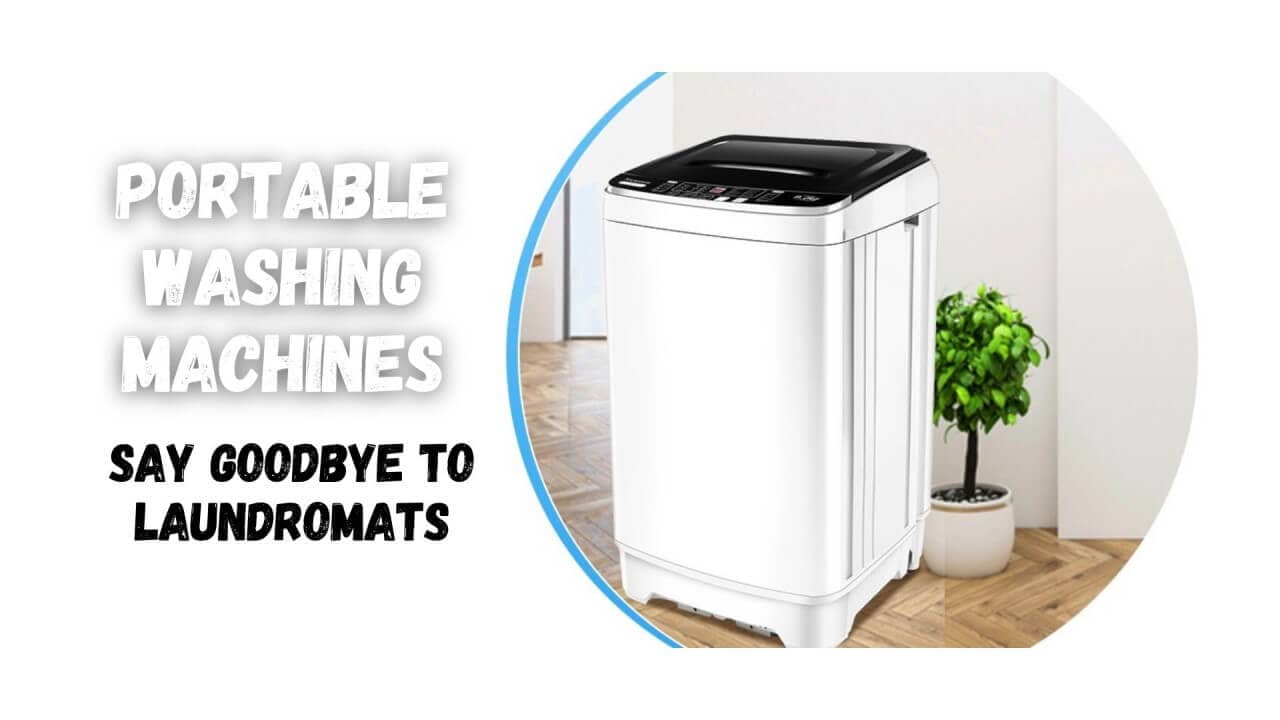
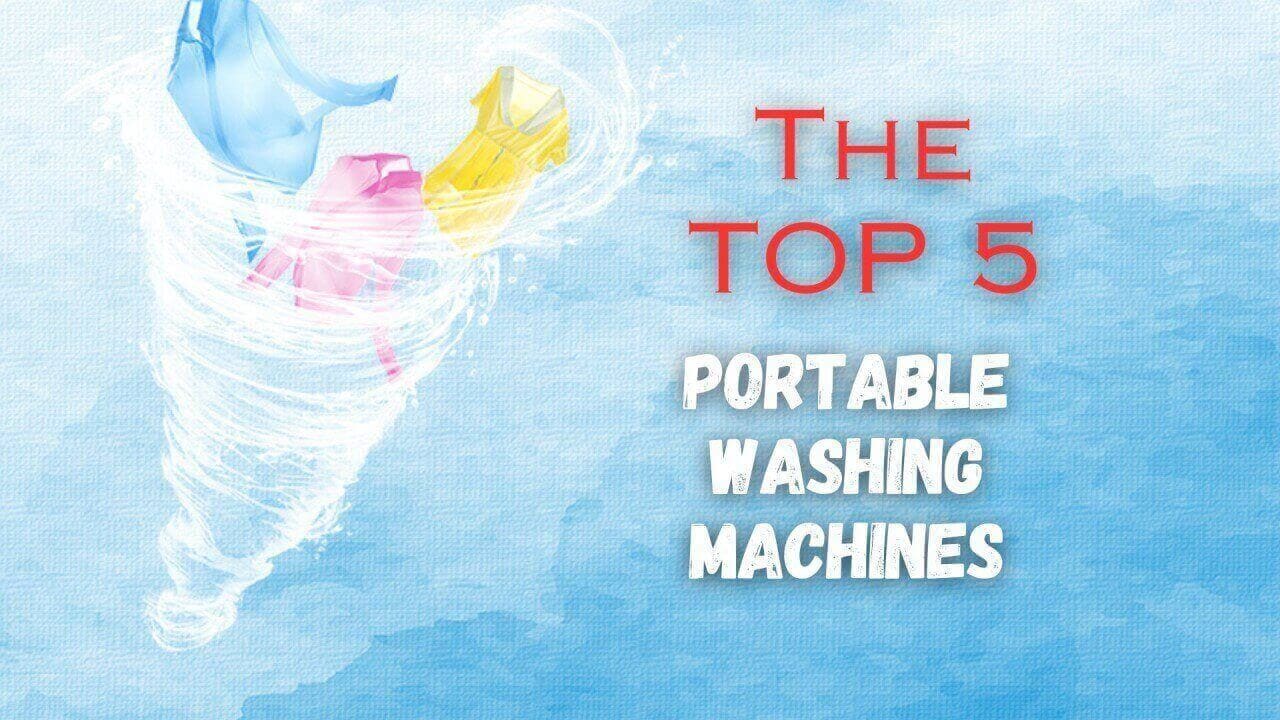







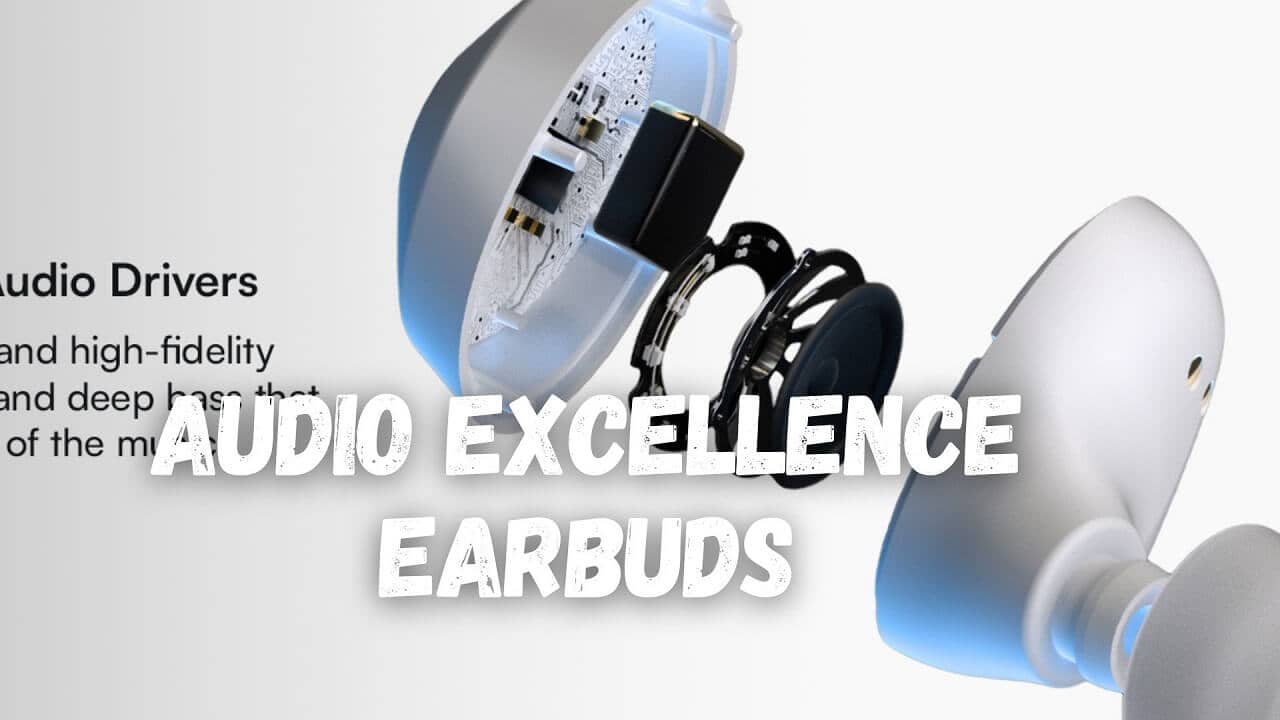



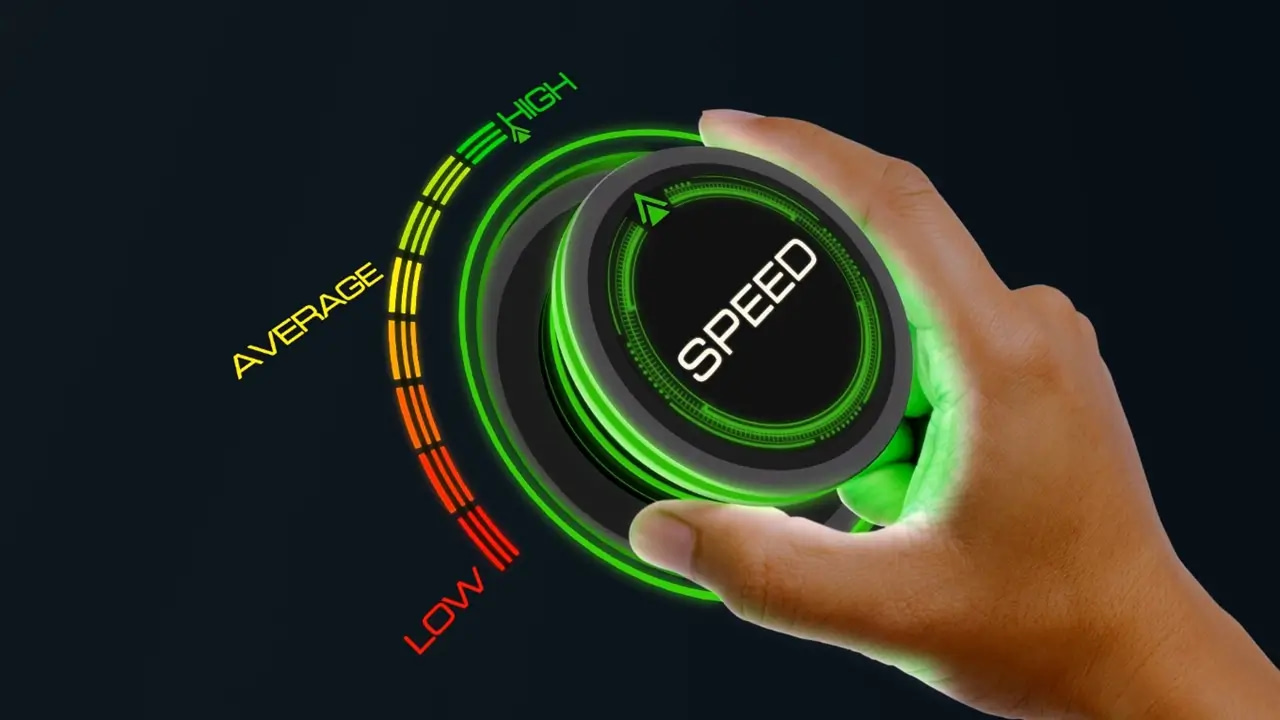
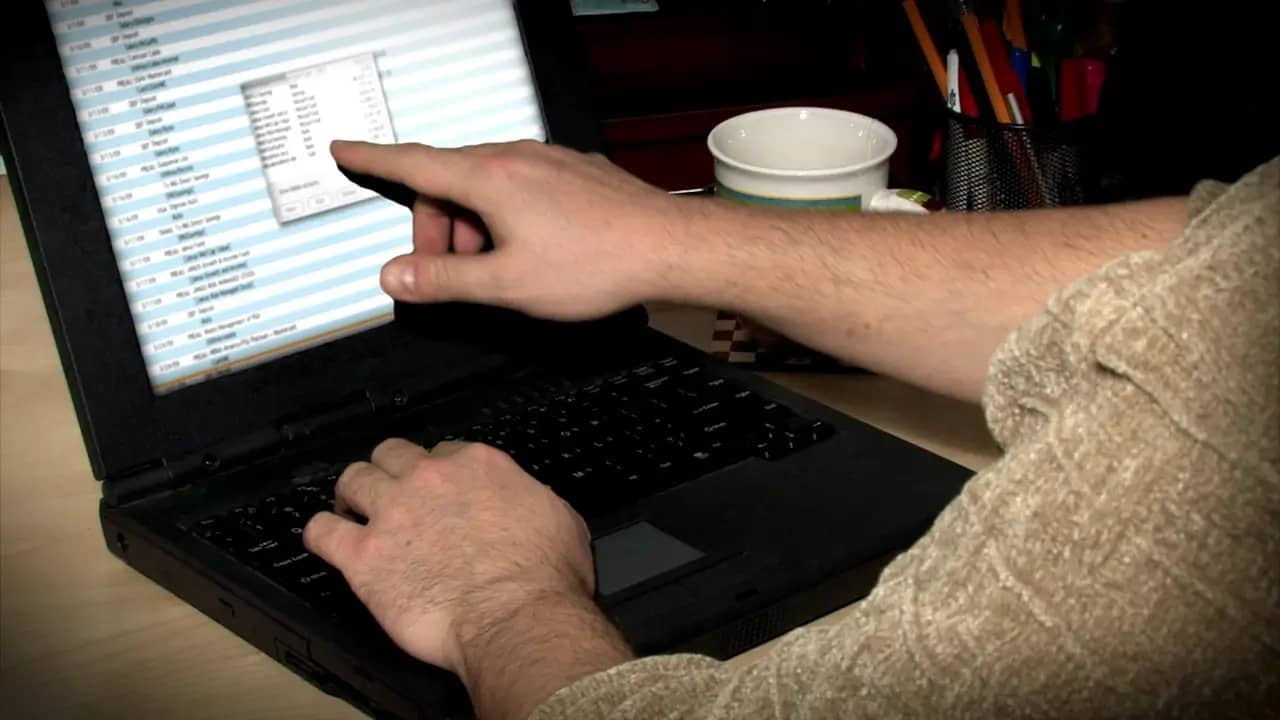








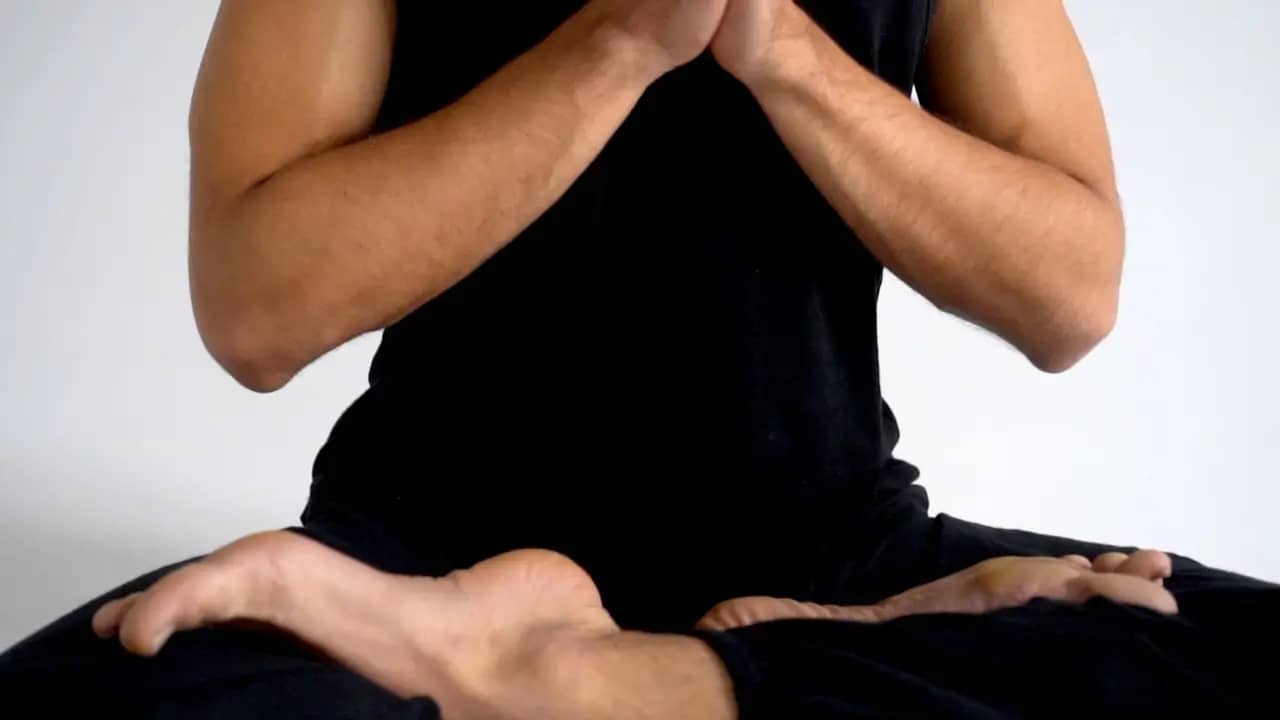

Thanks for sharing your thoughts on upvotes. Regards
The brand-new tiered project will certainly
develop links to the confirmed links of the initial campaign.
My page :: GSA Search Engine Ranker list